Description
10 undrilled of Cascabela/Camalonga/Kenari seeds.
Cascabela thevetia is a poisonous plant native throughout Mexico and in Central America, and cultivated widely as an ornamental. It is a relative of Nerium oleander, giving it a common name yellow oleander, and is also called lucky nut in the West Indies.
Some tribal music instruments are made with these seeds coming from yellow oleander tree, also called the whispering tree because of the sound it makes when the wind blows its branches.
Thevetia peruviana is a medicinal plant used in the treatment of external wounds, infected area, ring worms, tumour etc. in traditional system of medicine.
The yellow oleander contains the powerful cardiac glycosides thevetin, thevetoxin, peruvoside, ruvoside, and nerifolin, which are found throughout the plant, but are concentrated in the seeds. Ingesting yellow oleander seeds can cause abdominal pain, vomiting and diarrhea, dilated pupils, increased blood pressure, dizziness, stimulation of the smooth muscles of the intestine, bladder, uterus, and blood vessels, and a variety of arhythmias, which can be fatal. Chewing the seed causes a drying, numbing, or burning sensation in the mouth and throat. The sap of the plant can cause skin irritation, sometimes blistering, and the plant has been used as a fish poison.

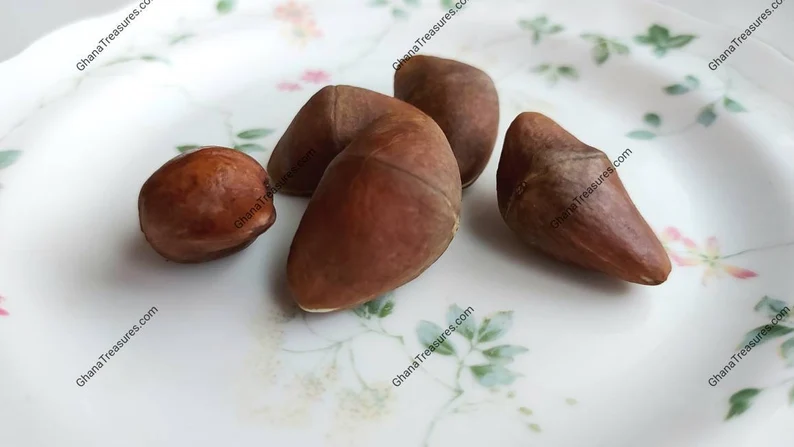
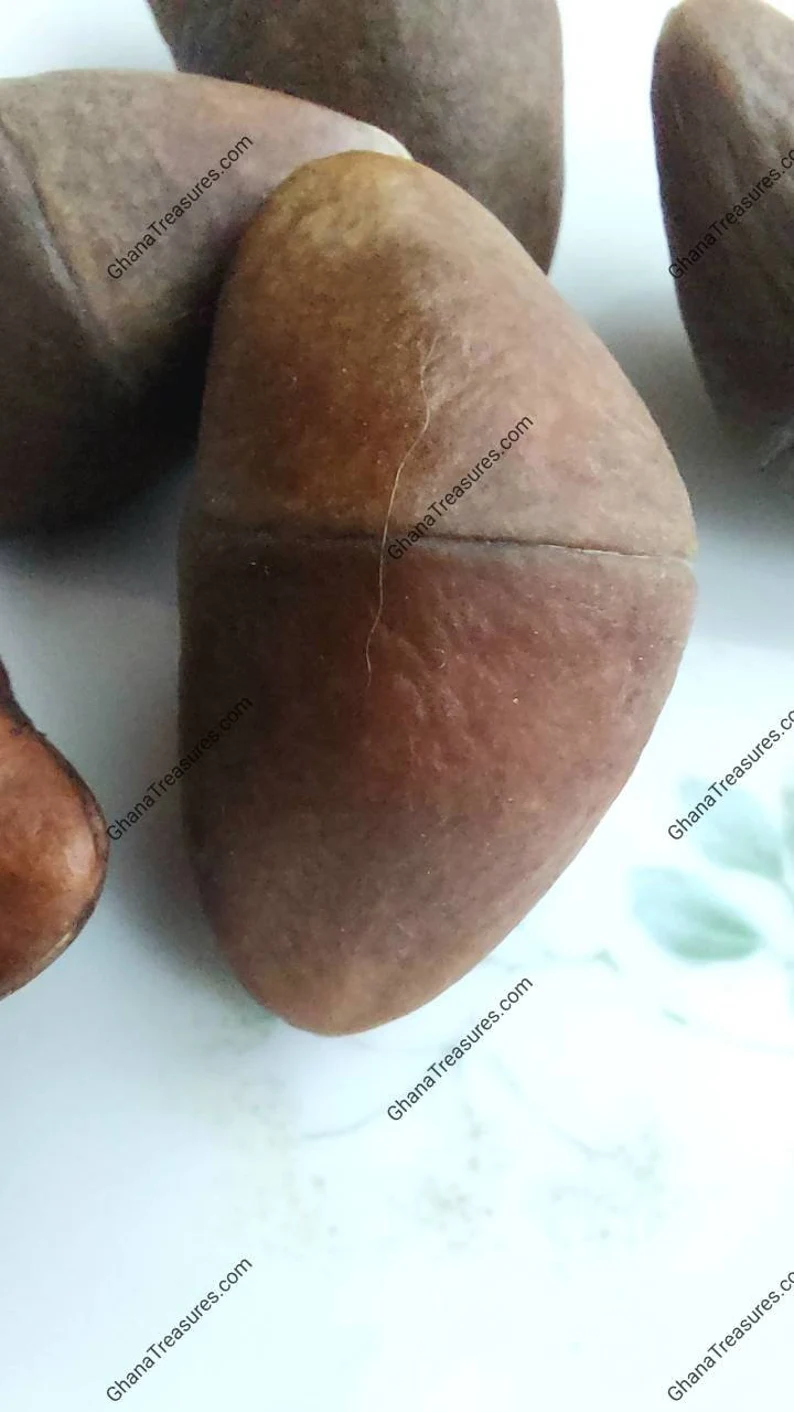
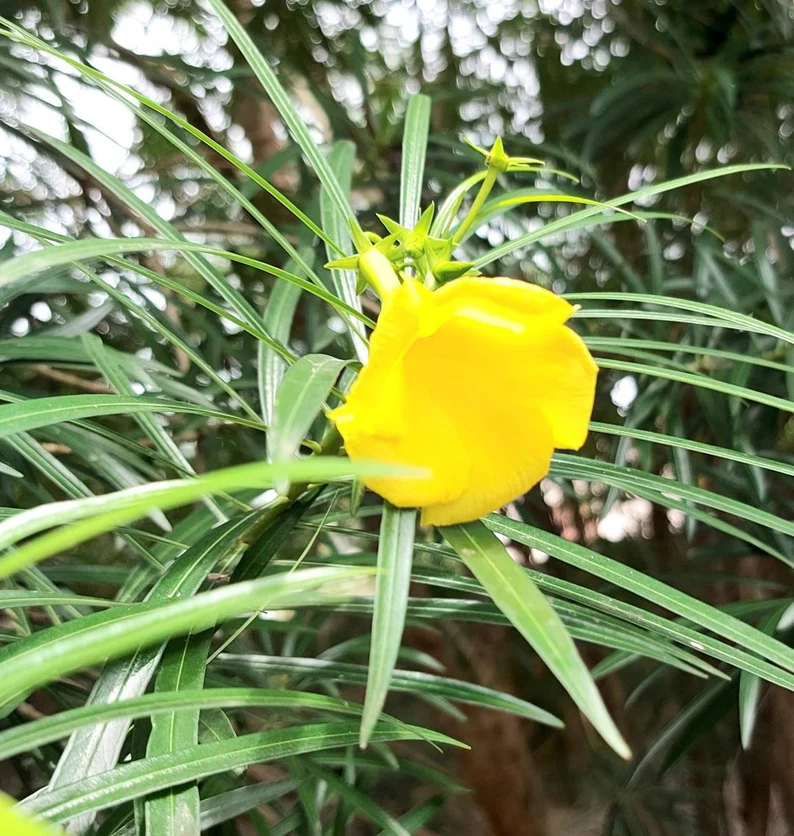
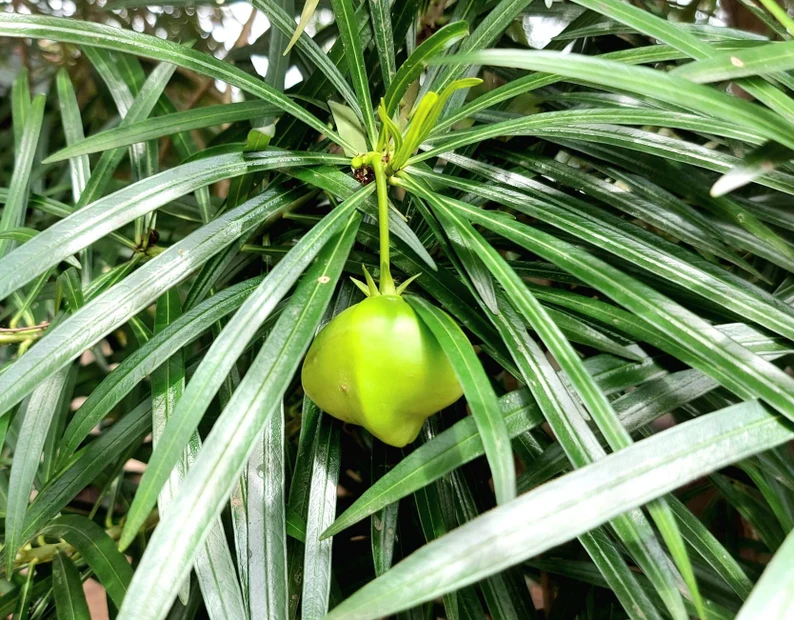
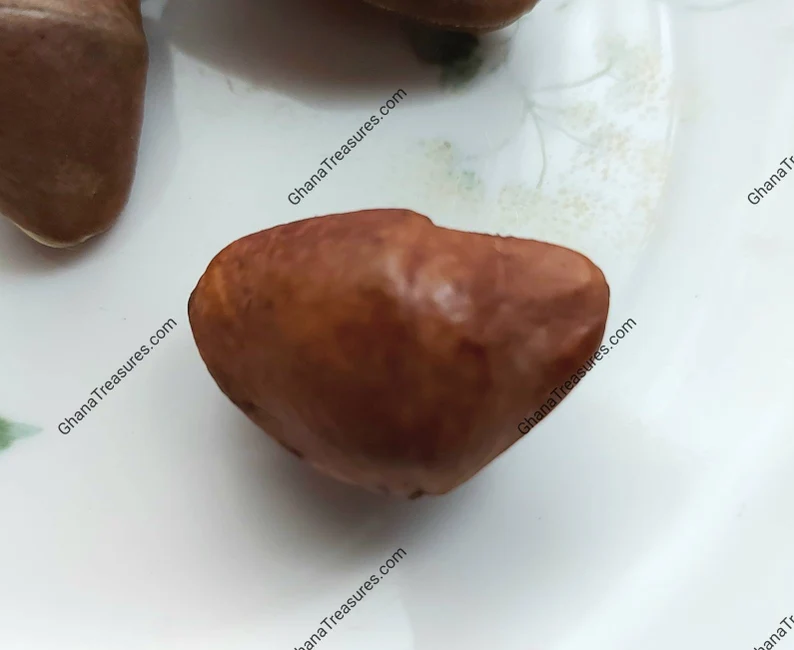
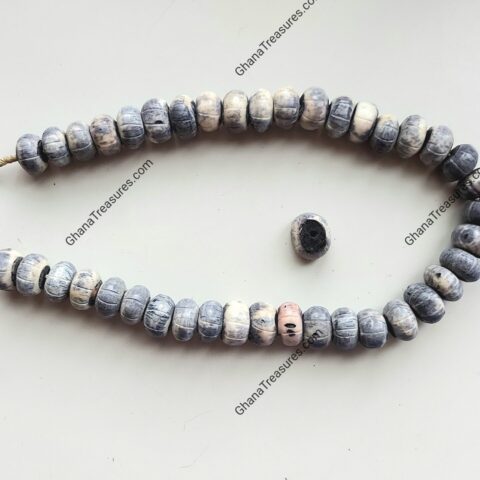



Reviews
There are no reviews yet.